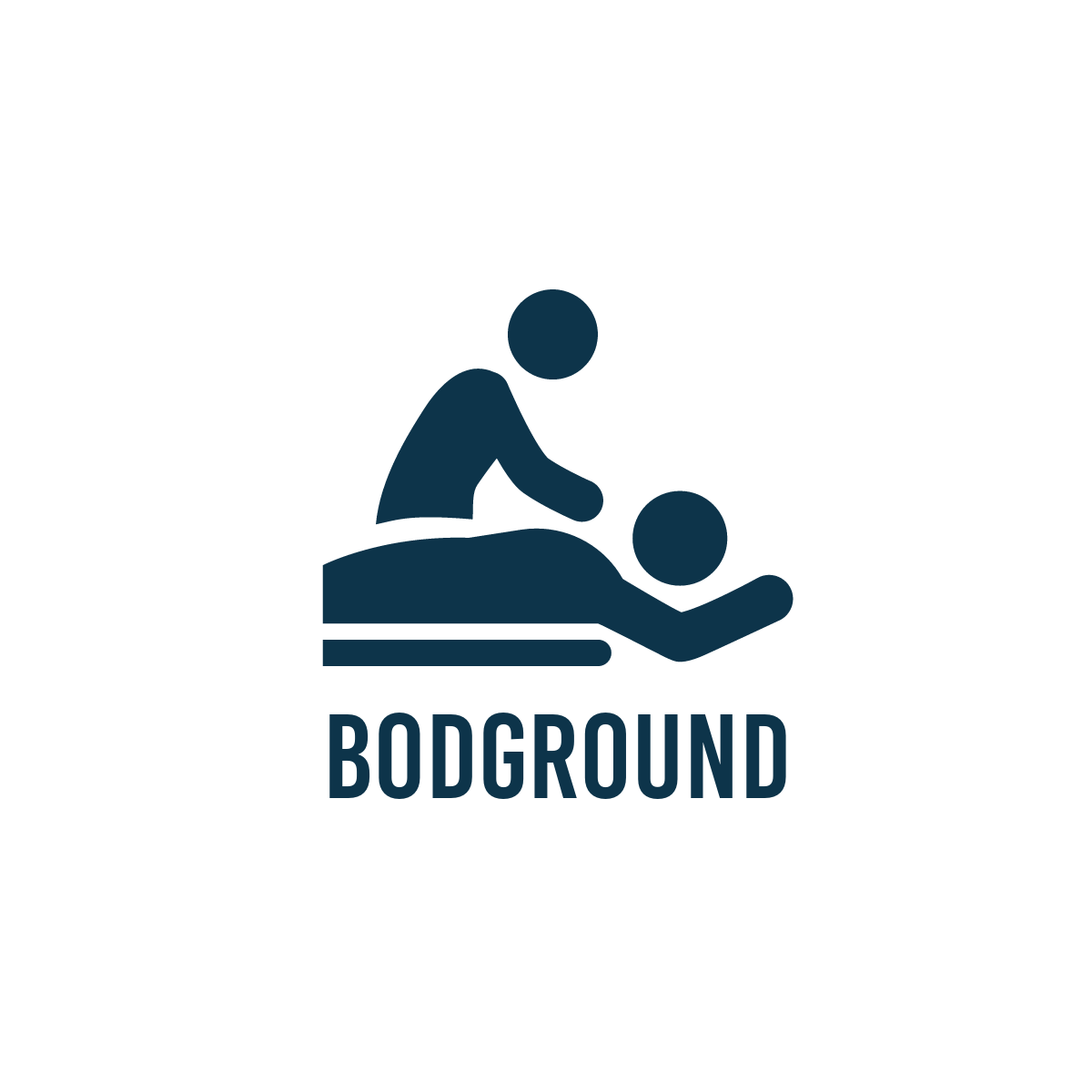A History of Gay Eroticism and Sensual Massage in French Culture
The history of gay eroticism, particularly in the context of sensual and erotic massage between men, is a fascinating lens through which to explore the cultural, social, and artistic evolution of French-speaking regions, primarily France and Quebec. In these areas, same-sex intimacy and bodywork have been shaped by a unique blend of artistic expression, liberal attitudes toward sexuality, and shifting societal norms. This article traces the historical arc of sensual and erotic gay massage in French culture, highlighting its roots, transformations, and contemporary manifestations.

Ancient and Medieval Foundations: Sensual Touch in Early France
While France as a modern nation did not exist in antiquity, the region’s Celtic and Roman influences laid early groundwork for sensual practices. During the Roman period (circa 1st century BC–5th century AD), bathhouses (thermae) in Gaul were central to social life, where men engaged in communal bathing and massage. These spaces, as in broader Roman culture, allowed for homoerotic interactions, with massage serving as a socially acceptable form of physical intimacy. The Roman poet Martial, whose works were known in Gaul, described bathhouse encounters with a playful eroticism, suggesting that such practices were part of the cultural fabric.
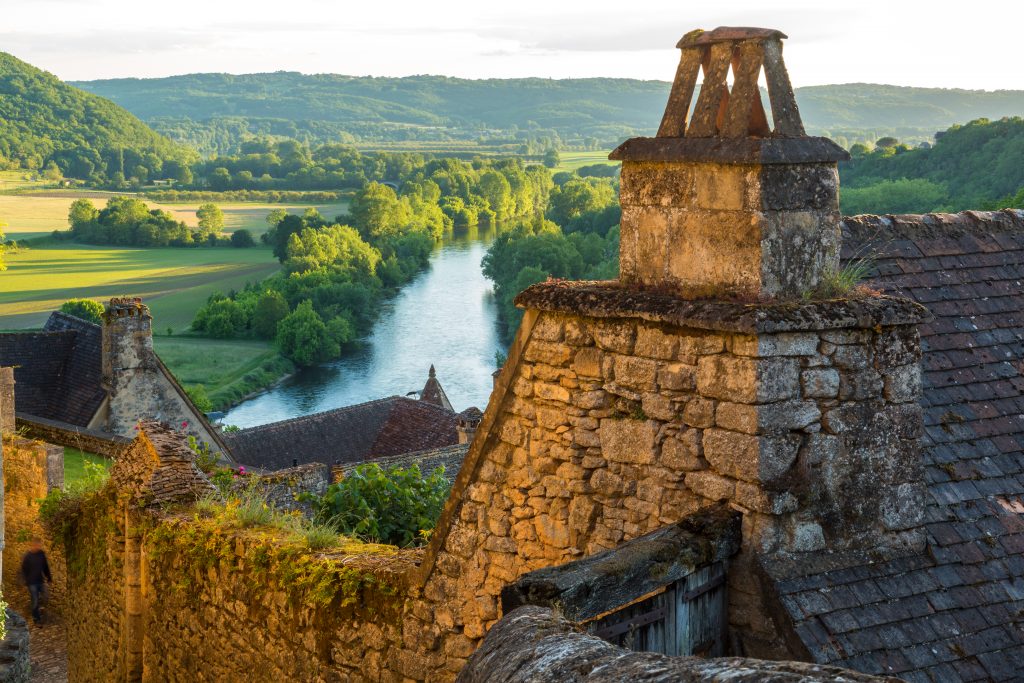
In medieval France (circa 5th–15th centuries), the rise of Christianity imposed stricter moral codes, suppressing overt same-sex eroticism. However, sensual touch persisted in subtle forms. Monastic communities, where men lived in close quarters, sometimes fostered intimate bonds expressed through caregiving acts like massage. The chansons de geste and courtly love poetry of the period, while often heterosexual in focus, occasionally hinted at male-male affection, with descriptions of knights caring for each other’s bodies after battle. These accounts, though not explicitly erotic, suggest that physical closeness between men was valued.
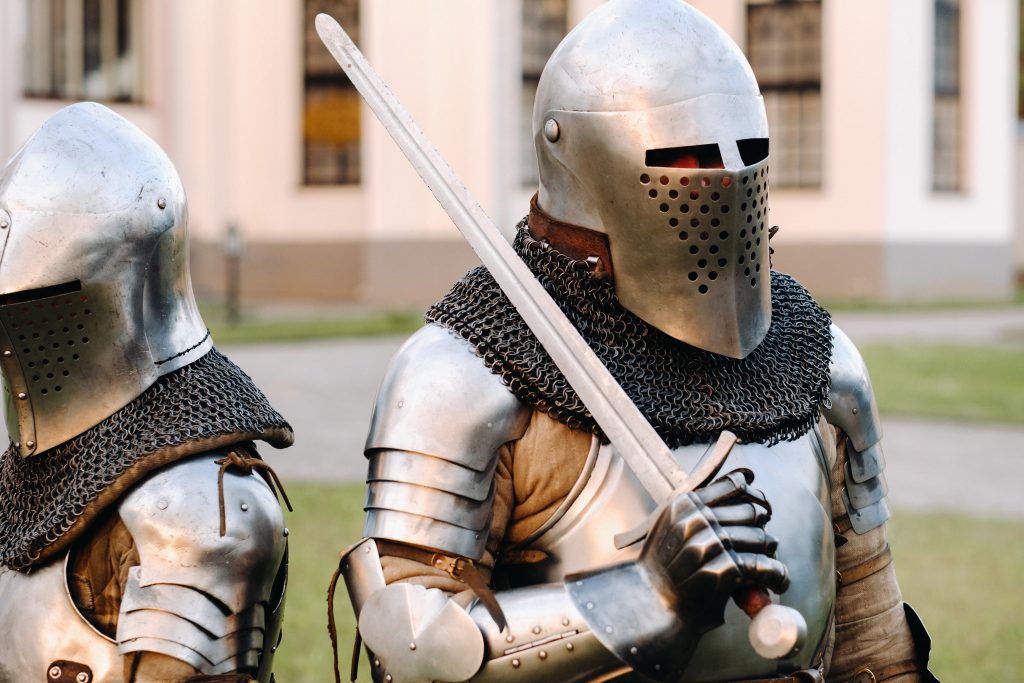
The Renaissance and Enlightenment: Art and Libertine Sensuality
The Renaissance (14th–17th centuries) in France saw a revival of classical ideals, with renewed interest in the male form inspired by Greek and Roman art. Artists like Michelangelo, whose works influenced French painters, celebrated male beauty, subtly infusing eroticism into their depictions of the body. In aristocratic circles, private bathhouses and salons became spaces for sensual indulgence, including massage. While explicit records of gay erotic massage are scarce, the libertine culture of the period, which embraced pleasure and experimentation, likely provided opportunities for same-sex intimacy.

The Enlightenment (18th century) brought a more open discourse on sexuality, with philosophers like Voltaire and Diderot challenging religious dogma. In Paris, hammams inspired by Ottoman bathhouses gained popularity among the elite, offering spaces for sensual massage. These venues, while not exclusively gay, were known for their relaxed attitudes toward physicality. The Marquis de Sade’s writings, though controversial, included homoerotic themes, reflecting a broader cultural fascination with sexual exploration. In this context, sensual massage between men likely served as a discreet outlet for erotic connection.
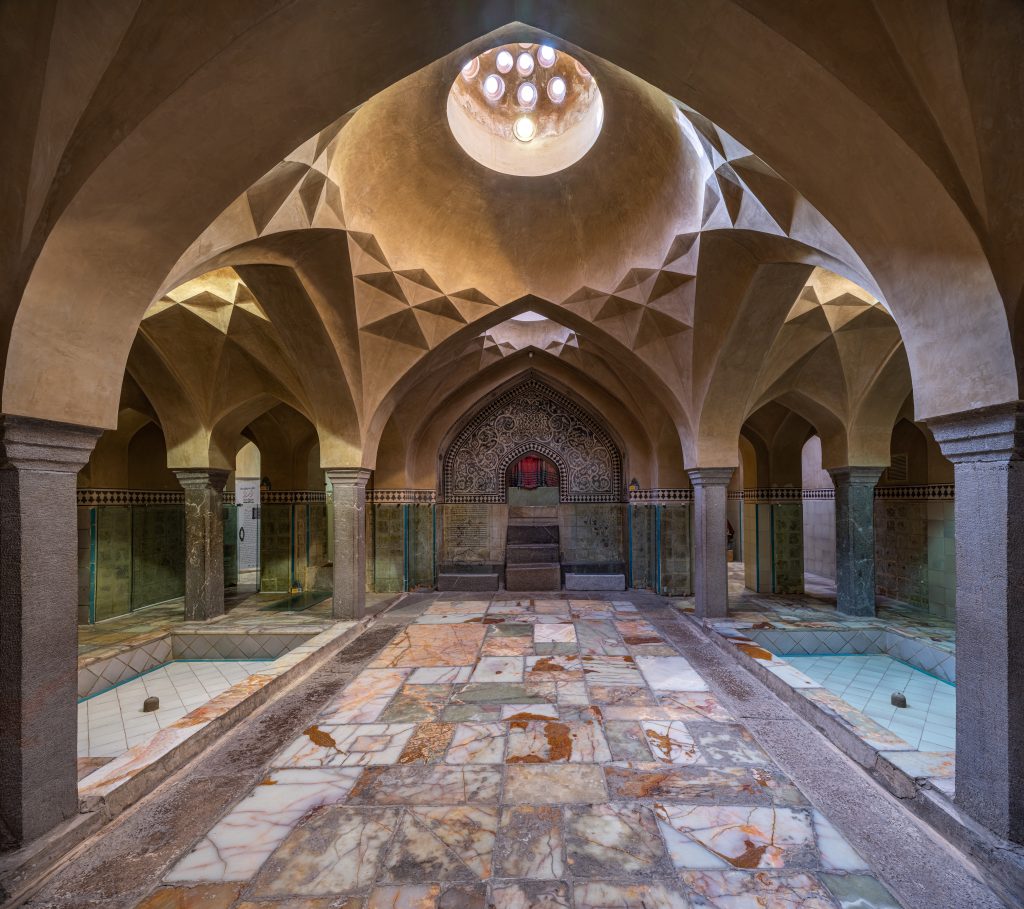
The 19th Century: Bathhouses and Bohemian Paris
The 19th century marked a pivotal era for gay eroticism in France, as urbanization and industrialization transformed Paris into a hub of gay subculture. Bathhouses (bains publics) and saunas became central to gay social life, offering spaces where men could engage in sensual and erotic massage away from societal scrutiny. Historical bathhouses and similar establishments were known as meeting points for gay men, where massage services ranged from therapeutic to overtly erotic. These venues fostered a sense of community and intimacy, even as they operated under the threat of police raids.

The bohemian and artistic circles of Paris further amplified gay eroticism. Writers like Paul Verlaine and Arthur Rimbaud, whose tumultuous relationship scandalized society, celebrated male desire in their poetry, often evoking sensual imagery of touch and physical closeness. The painter Gustave Courbet’s works, with their focus on the male body, also contributed to a cultural aesthetic that normalized homoerotic desire. In this milieu, sensual massage likely served as both an artistic inspiration and a private practice among gay men.
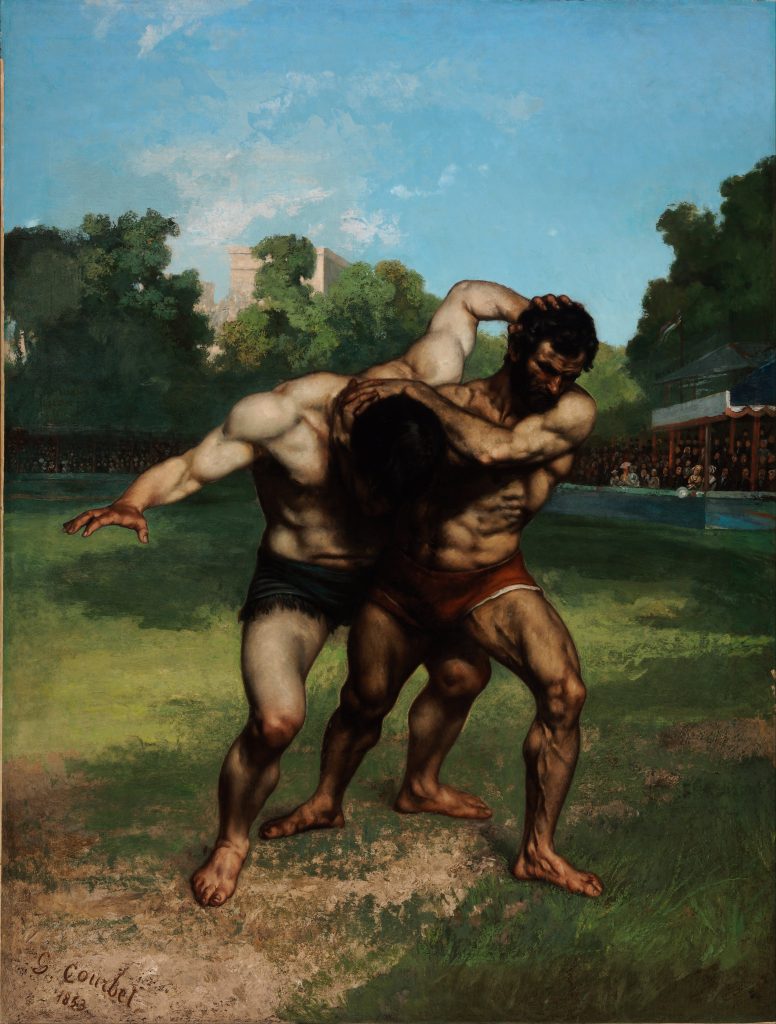
In Quebec, under French colonial influence and later British rule, same-sex eroticism was more suppressed due to Catholic dominance. However, Montreal’s emerging urban culture in the late 19th century began to mirror Parisian trends, with private clubs and bathhouses offering discreet spaces for sensual encounters. These spaces were less documented but played a similar role in fostering gay intimacy.
The Early 20th Century: Modernity and Discretion
The early 20th century saw continued growth of gay subcultures in France, particularly in Paris, which became a haven for LGBT artists and intellectuals. The works of Marcel Proust, whose In Search of Lost Time subtly explores same-sex desire, reflect the era’s complex attitudes toward homosexuality—celebrated in private but stigmatized in public.
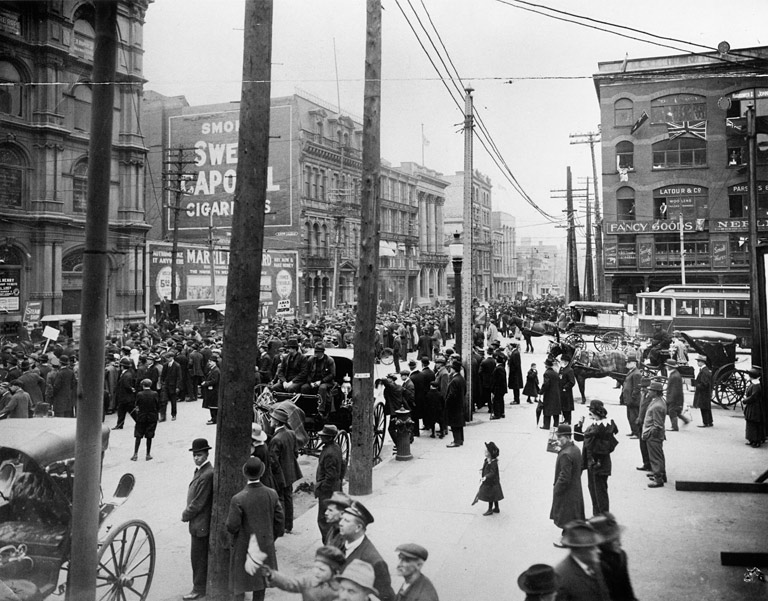
In Quebec, the Catholic Church’s influence limited open expressions of gay eroticism, but Montreal’s growing cosmopolitanism allowed for underground gay networks. Bathhouses began to emerge, offering massage services that paralleled those in France. These spaces were vital for gay men seeking connection in a conservative society.
The Post-War Era and Sexual Liberation
The mid-20th century brought significant changes to gay eroticism in French culture. After World War II, Paris solidified its reputation as a gay-friendly capital, with the Saint-Germain-des-Prés district becoming a hub for gay nightlife. Bathhouses offered sensual and erotic massage, blending relaxation with sexual exploration. The sexual revolution of the 1960s and 1970s, coupled with France’s decriminalization of homosexuality in 1791 (though social stigma persisted), created a more permissive environment for gay intimacy.
In Quebec, the Quiet Revolution of the 1960s weakened the Catholic Church’s grip, paving the way for greater sexual openness. Montreal’s Village Gai emerged as a gay epicenter, with bathhouses offering massage services that mirrored Parisian practices. The influence of French tantric and holistic bodywork also began to shape gay massage, emphasizing emotional connection alongside physical pleasure.

The AIDS crisis of the 1980s and 1990s profoundly impacted both regions, shifting the focus of sensual touch toward healing and care. In France, organizations like AIDES promoted safer practices, while massage became a way to provide comfort to those affected by the epidemic. In Quebec, similar efforts by groups like Action Séro Zéro highlighted the therapeutic potential of touch, fostering a renewed appreciation for sensual massage as a form of intimacy.
The 21st Century: Mainstream Acceptance and Diversity
Today, sensual and erotic gay massage in French culture is more visible and diverse than ever, reflecting broader societal acceptance of homosexuality. In France, Paris remains a global leader in gay culture, with bathhouses and professional massage studios catering specifically to gay men. These spaces blend traditional French aesthetics—oils, ambiance, and artistry—with modern tantric and holistic techniques. Online platforms, including websites and social media like X, have made it easier for practitioners to connect with clients, offering services ranging from therapeutic bodywork to explicitly erotic experiences.
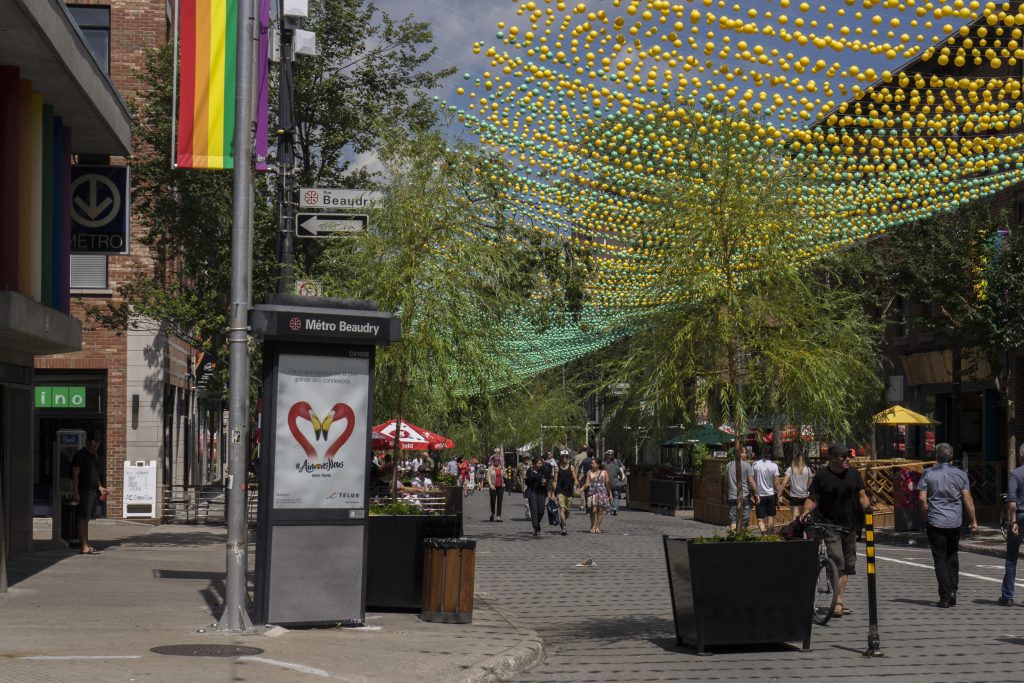
In Quebec, Montreal’s vibrant gay scene supports a thriving massage culture, with venues like Sauna G.I. Joe and independent practitioners advertising sensual services. The influence of French tantra is particularly strong, with workshops and retreats emphasizing mindfulness, consent, and energy flow. These practices resonate with Quebec’s progressive attitudes toward sexuality, shaped by decades of cultural and political liberalization.
Both regions have seen increased inclusivity, with massage practices embracing diverse identities within the gay community. The influence of French art and literature continues to inspire, with contemporary LGBT filmmakers and writers exploring themes of sensual touch and intimacy.
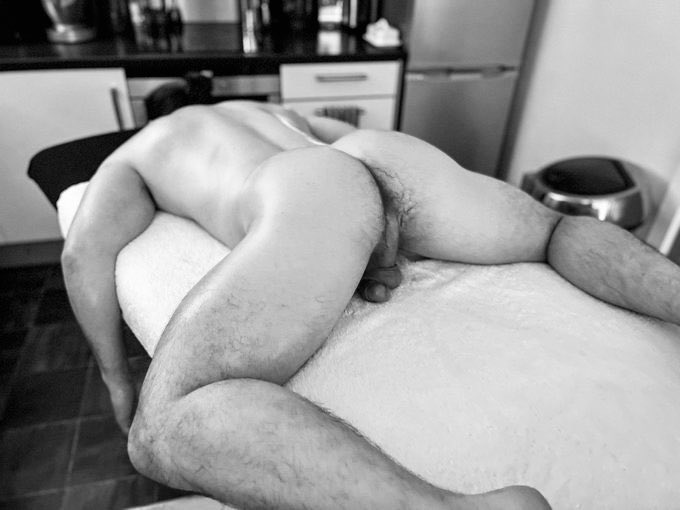
Conclusion: A Legacy of Sensual Connection
The history of gay massage in French culture is a testament to the resilience of male erotic desire and the enduring power of touch. From the bathhouses of Roman Gaul to the modern studios of Paris and Montreal, this practice has evolved alongside cultural attitudes toward same-sex intimacy, reflecting both the challenges and triumphs of gay communities. In France and Quebec, sensual massage remains a cherished art form, blending eroticism with emotional connection and cultural heritage.
As French-speaking societies continue to embrace diversity and openness, the future of gay sensual massage promises to be vibrant and inclusive, celebrating the beauty of human connection through the timeless language of touch.
